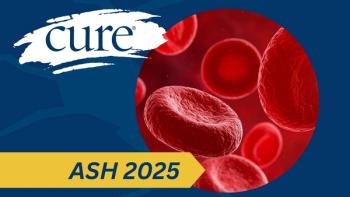
The Three Steps of Genetic Testing

A patient advocate goes through the three steps of genetic testing.
John Hopper, co-chair of the GI Cancer Alliance, president of the Fibrolamellar Cancer Foundation and board member of the National Pancreas Foundation, explains the three steps of undergoing genetic testing — something that is dear to his heart, as his father and uncle both passed away from pancreatic cancer.
The first step for Hopper was sitting down with a genetic counselor and reviewing his family’s cancer history. Then, he had a blood test that screened him for 32 genes that are associated with gastrointestinal (GI) cancers. However, he did mention that many insurance companies do not fully cover these kinds of tests, creating a barrier to access for many individuals. The third and final step was an MRI — in Hopper’s case, it was of his abdomen – to check for any solid tumors.




